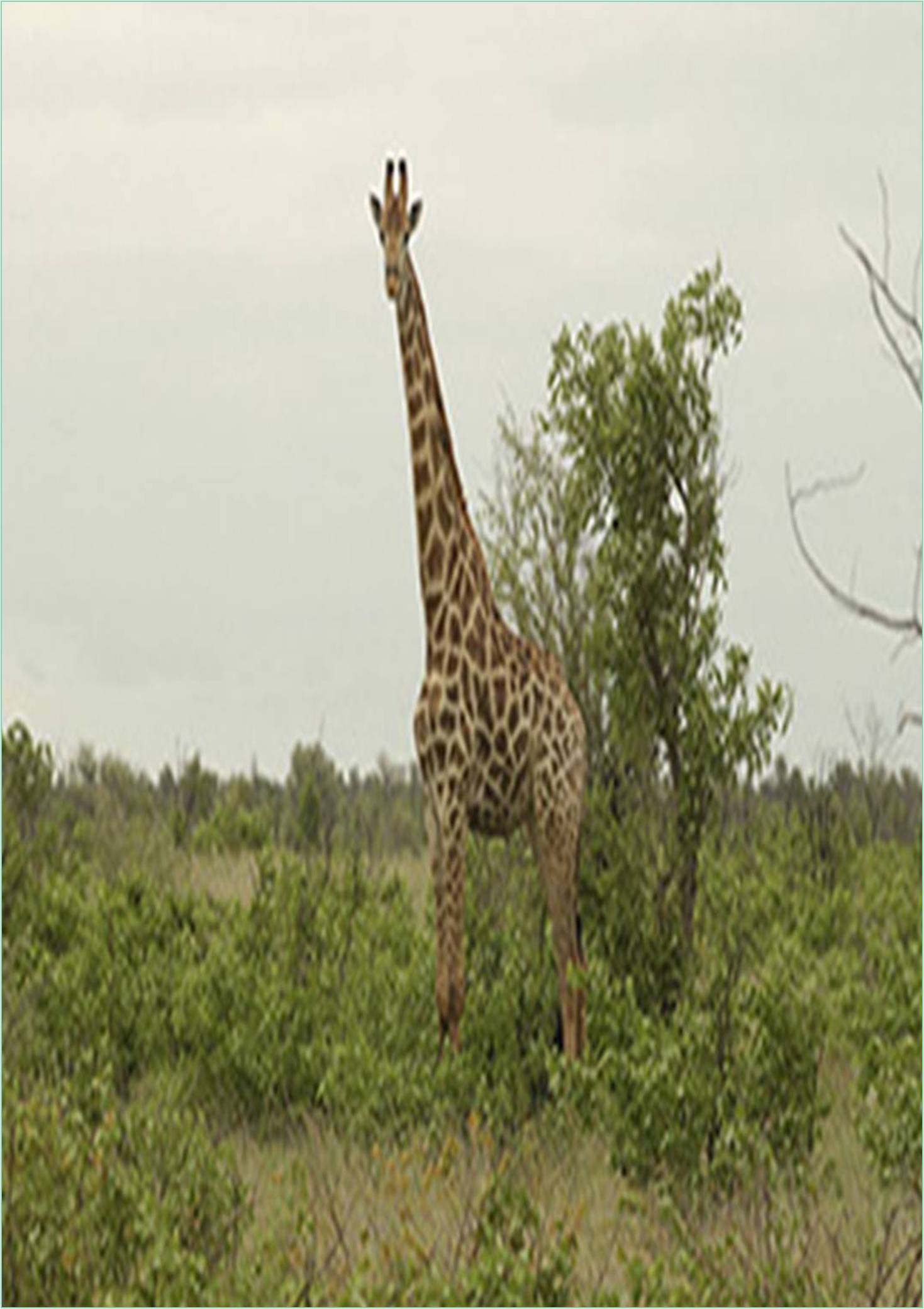



Received: 02-Dec-2022, Manuscript No. GJAEB-22-84782; Editor assigned: 05-Dec-2022, Pre QC No. GJAEB-22-84782 (PQ); Reviewed: 20-Dec-2022, QC No. GJAEB-22-84782; Revised: 26-Dec-2022, Manuscript No. GJAEB-22-84782 (R); Published: 03-Jan-2023, DOI: 10.15651/GJAEB.23.10.012
The medicinal plants prompted the early man to search for eternal health and longevity as they proved to be safer and acted as elixir for the treatment of all his ailments. Over millennia, through his trial and error, empirical reasoning and experimentation, he formulated several formulations as ‘medicine’ to treat his illness. The effort was global and was as old as human civilization, the people from the Middle East, Egypt, China and India used plants for their health care since 3000 Before Common Era and wrote information about their uses on processed barks and dry leaves of the plants to retain them for long time. This information was passed on to the next generation through the herbal practitioners. The medicinal plants were used in the form of powders, decoctions, poultices and tinctures and later as pure compounds. Some of the chronic diseases were treated by using the medicines like reserpine (antihypertensive), digoxin (cardiotonic), vinblastine and taxol (antineoplastic), morphine (analgesic), codeine (antitussive) and quinine and artemisinin (antimalarial).
Due to imbalance in the above elements, the diseases occur and the very popular Indian traditional system of medicine, Ayurveda which is based on herbs aims to retain this balance. In Ayurvedic system of medicine, accurate use of drugs, proper diet and certain practices are included. The principle behind this system was not only to treat diseases but also to modify whole human body for good health. The earliest records of the drugs used in diseases found in Rigveda and Atharvaveda reveals that Ayurveda as the most ancient of all traditional systems, even older than traditional Chinese system of medicine. The herbal medicines are not only the components of Ayurveda but also the various herbal medicinal systems practiced throughout the world which have helped in curing various ailments and increasing the human life span. The plants which were used to treat the various diseases since ancient times such as Glycyrrhiza glabra (Licorice), Commiphora wightii (Myrrh) and Papaver somniferum (Poppy capsule latex) are popularly used in official drugs.
Hence, the demand for derivatives of plants is increasing. The database of the chemical constituents which form most of the modern medicines of the pharmaceutical industries registered over the last ten-year period have their origin from the traditional systems of medicine. The raw material provided in the form of medicinal plants in herbal medicine and pharmaceuticals is not sufficient to meet the demand. The overexploitation of certain herbs by pharmaceutical industries to synthesize the drugs may lead to the disappearance of those plants, so, an alternative plant species to harvest the drug should be explored and multiplied to prevent overuse.
Artemisinin and its derivatives are valuable, recently, a study reveals that approximately 22% of the 663 million cases were cured by the use of artemisinin and combination therapies. Asteraceae (Compositae) is the largest in the group of Angiosperms. It consists of about 8-10% of all flowering plants. Artemisia (Asteraceae) is the largest genus of the tribe Anthemideae and comprises of small herbs and shrubs mostly distributed in subtropical and temperate regions of the northern hemisphere and it is less common in the southern hemisphere. The genus is capable of adapting itself to different ecosystems and environmental conditions such as forests, deserts and semi-deserts (steppes, tundras and slope hills) and urbanized meadows to humid areas and from sea level to high mountains.